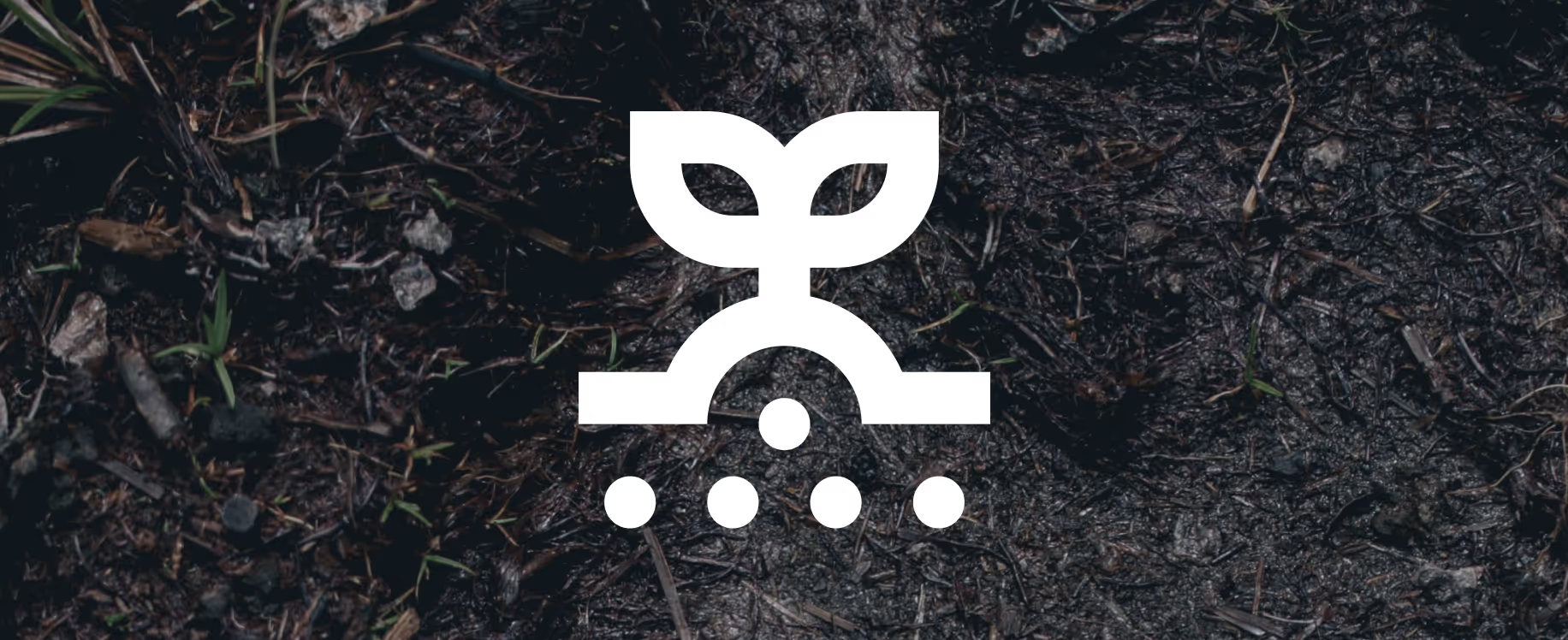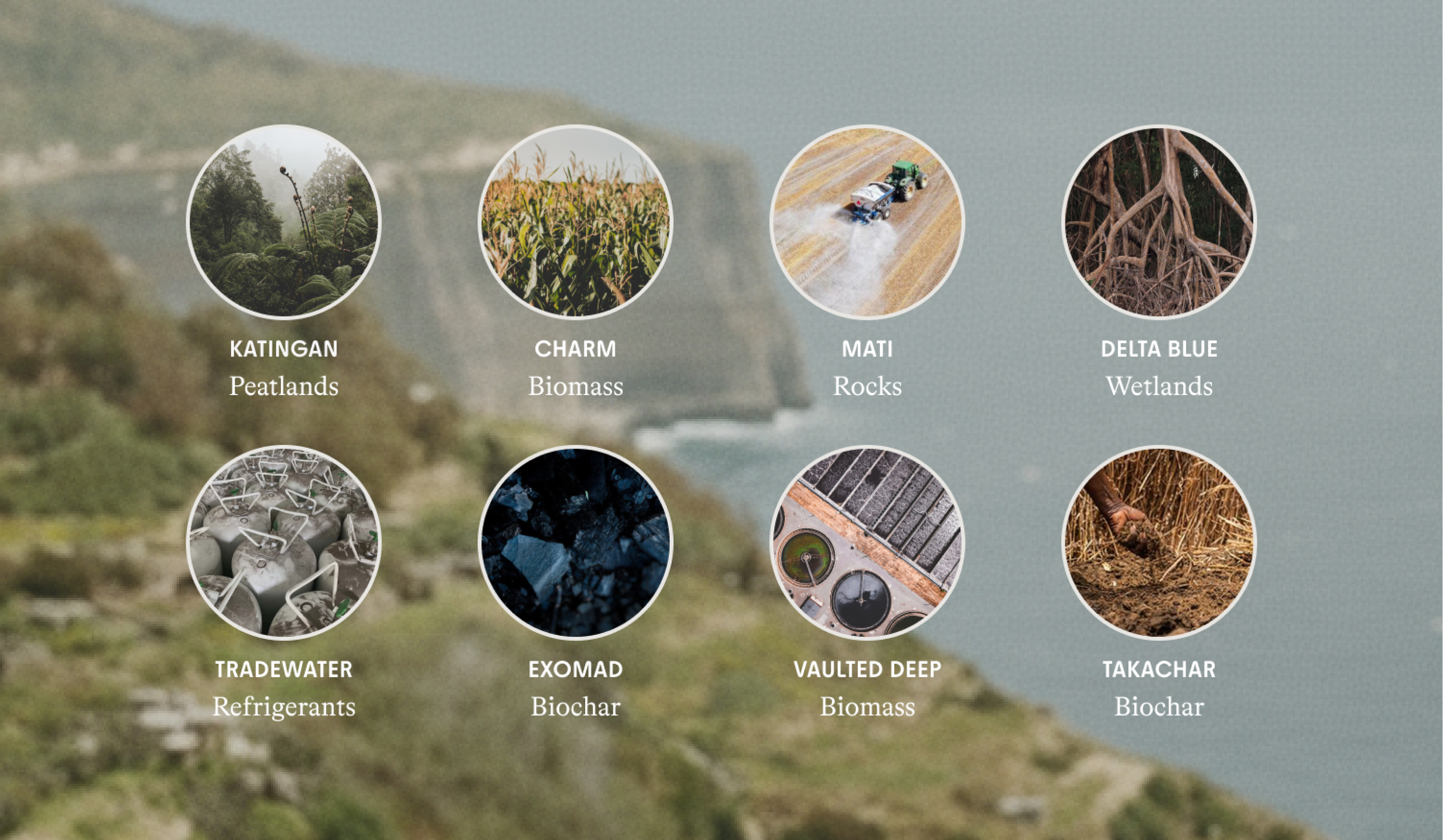Carbon Offsets 101: Soil Primer

Join the community





Soil is a large, natural carbon sink, holding three times the amount of carbon currently in the atmosphere. However, since inventing agriculture, people have reduced the carbon content of cultivated soils by 50-70%. When farmers use regenerative farming practices to store carbon from the atmosphere in the earth, they restore nature’s carbon cycle and boost soil health. Project Drawdown estimates that regenerative annual cropping can sequester 14.52-22.27 gigatons of CO2e between 2020 and 2050.
How do soil projects work?
All living things contain carbon. When plants and animals die and decompose, some of this carbon is returned to and stored in soil. This soil carbon plays an important role in maintaining soil health and quality. However, historical land use practices such as clearing forests and plowing land for crops has resulted in a significant loss of carbon from agricultural lands. A number of regenerative agricultural practices exist that can help increase the absorption of carbon by soils, including:
- Low- or no-till practices, which prevent the release of carbon by keeping soil from being disturbed
- Planting perennial crops, which also reduces the need to till and disturb soil
- Planting cover crops in between periods of regular crop production, which reduces soil erosion and increases carbon and nitrogen stocks
- Rotating crops, which involves varying the type of crops grown in a particular field or area
- Managed grazing of animals by rotating them between pastures, which naturally adds manure to the soil and encourages plant growth
- Applying compost, manure, or other natural residues to fields
Adopting these practices, however, is viewed as risky by many farmers, as it requires them to make changes that could impact the yield of their crops. Providing support and financial incentives to farmers via soil carbon credit projects can help farmers transition to these regenerative practices.

Pros: Immediately Implementable and Strong Co-Benefits
Soil carbon projects reinforce the natural carbon cycle. Many of the agricultural practices listed above are not new and are able to be widely implemented fairly quickly.
In addition to storing carbon, regenerative agricultural practices can also restore soil nutrients, improve soil's resilience to flood and drought, and increase agricultural productivity. Soil carbon credit projects are also a way to provide an additional revenue stream directly to farmers who are working to implement these practices.
Cons: Reversal Risk and Carbon Measurement Challenges
Soil carbon sequestration requires long-term dedication from landowners, as soil carbon can be easily released back into the atmosphere if soil is disturbed, whether naturally or by people. Regenerative agricultural practices must be followed continuously and indefinitely for climate benefits to remain.
Soil carbon is also difficult and costly to measure. Current verification standards are limited and are often viewed as prohibitively expensive or lacking rigor.
Commons Soil Carbon Considerations
Because soil carbon sequestration is easily reversed, the Commons team looks for projects that contractually guarantee that regenerative practices will be adhered to over the course of the proposed project life. Given the challenges associated with soil carbon measurement, we also look for projects that openly publish their methodologies for review, make use of experience third party data verifiers, and rely more on direct sampling of soil carbon levels.
Projects Commons Recommends
Commons supports soil carbon projects through two providers: Grassroots Carbon and Nori.
Grassroots Carbon is a public benefit company that provides certified soil carbon storage credits. They work with ranchers and land stewards using regenerative practices that help soil capture more carbon. Their goal is to create the most scientifically rigorous and rancher-friendly soil carbon credit possible. To do so, they follow the Regenerative Standard to certify their projects. They also support ranchers’ switch to regenerative practices by helping them access necessary upfront capital.
Nori is a soil carbon credit marketplace that works with farmers to provide quantification and verification of transparent, blockchain-based carbon removals. When Ullrich Farms and other small to medium food and fibre producers sell carbon credits in Nori’s marketplace, they access additional revenue and incentives to continue and expand sustainable farming practices. Nori verifies this carbon sequestration through farm-level data collected through COMET-Farm, a tool funded by the USDA and developed by Colorado State University. As third-party verifications aren’t yet standard for soil carbon credits, Commons did our own thorough research and consulted third-party evaluations, such as those from Shopify.
See all projects in the Commons Offset Portfolio →
Sources
Fact Sheet: Soil Carbon Storage, Carbon180













